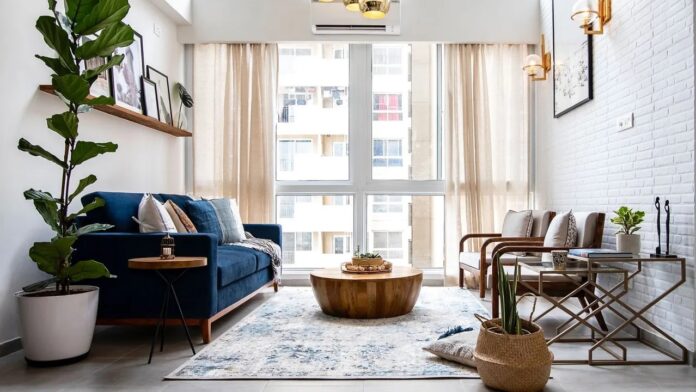Minimalism has become increasingly popular in interior design, offering a clean, uncluttered, and serene aesthetic. This design style focuses on simplicity, functionality, and a pared-down approach to decor. By removing excess and emphasizing essential elements, minimalism creates spaces that promote tranquility and a sense of calm. In this article, we will explore the principles of minimalism in interior design and how to incorporate this style into your home.
One of the key principles of minimalism is the idea of “less is more.” In a minimalist space, you will find clean lines, neutral color palettes, and a limited number of furniture and decor items. This approach allows for a more open and spacious feel, as well as a focus on quality over quantity. By carefully selecting each piece, you can create a curated environment that exudes elegance and simplicity.
Color plays a crucial role in minimalistic design. Neutral tones, such as whites, grays, and earthy hues, are commonly used to establish a sense of serenity and balance. These colors create a harmonious backdrop and allow the focus to remain on the forms and textures within the space. Accents of color can be introduced sparingly, adding visual interest and a touch of personality without overwhelming the overall aesthetic.
When it comes to furniture, minimalism favors clean and functional pieces. Straight lines and simple shapes are preferred over ornate details. Furniture with hidden storage solutions can help maintain a clutter-free environment by keeping items out of sight. Selecting pieces made from natural materials, such as wood or metal, adds warmth and texture to the space. Remember, it’s essential to prioritize quality and craftsmanship over quantity when choosing furniture for a minimalist interior.
In a minimalist home, every item should serve a purpose and have a specific place. Decluttering and organizing are fundamental aspects of minimalism. Take the time to assess your belongings and consider whether they truly enhance your living environment. Remove any unnecessary objects, keeping only those that are meaningful or functional. By reducing visual clutter, you can create a sense of calm and enhance the overall aesthetic of the space.
Lighting is another crucial element in minimalist design. Natural light is highly valued, as it brings a sense of openness and vitality to the space. Opt for sheer curtains or blinds that allow sunlight to filter through. When artificial lighting is necessary, choose fixtures with clean lines and a minimalist aesthetic. Strategically placed lighting can highlight architectural features or specific areas of the room, adding depth and visual interest.
Texture plays a significant role in creating visual interest within a minimalist space. Incorporating different textures, such as smooth surfaces, natural fibers, or matte finishes, adds depth and tactile appeal. Consider using materials like linen, cotton, or wool for textiles, and mix in elements like concrete, wood, or stone to create a sense of contrast and balance.
In conclusion, minimalism in interior design offers a refreshing approach to creating harmonious and serene spaces. By embracing simplicity, functionality, and a selective approach to decor, you can achieve a clean and uncluttered environment that promotes calm and tranquility. Remember to focus on clean lines, neutral colors, and purposeful design choices when incorporating minimalism into your home. By carefully curating your belongings and prioritizing quality over quantity, you can create a space that feels both inviting and visually appealing. Embrace minimalism and enjoy the beauty of simplicity in your living space.










